Urban Planning Resilience
Durban Urban Planning Resilience Framework - Applying Ecological Performance Standards To Cities:
Developing a Resilience Framework to Inform Urban Planning and Design in the Northern Spatial Development Plan Area, eThekwini Municipality. A well adapted ecological urban system meets it’s functional needs within it’s context. Durban's context has shifted from one with plenty of available nutrients, energy and water to one with limits and boundaries that can no longer be ignored. Business-as-usual development can only happen within the context of abundant resources and supply of services. The context has shifted to one with significant constraints on energy, water and waste related services and on critical ecosystem services.
Clients: Tongaat Hullet Developments, Dube Trade Port and eThekwini Municipality's Environmental Planning and Climate Protection Department.
A well adapted ecological urban system meets it’s functional needs within it’s context. Durban's context has shifted from one with plenty of available nutrients, energy and water to one with limits and boundaries that can no longer be ignored. Business-as-usual development can only happen within the context of abundant resources and supply of services. The context has shifted to one with significant constraints on energy, water and waste related services and on critical ecosystem services. The developments in the Durban Northern Planning Region are planned to function as a catalyst for economic growth and job creation. However, demands for growth are hitting up against the walls of supply of critical services. Therefore business-as-usual or development-as-usual is no longer feasible as there are too many risks and associated costs. The challenges associated with developing the Durban Northern Planning region need radically different thinking around resource efficiency, resilience and sustainability. Resilience is about reducing risk. Resilient and wise planning demands a shift in strategy.
Process:
Through a series of stakeholder engagement, biomimicry training and wetland assessment processes, our biomimicrySA team working with In/formal South, Biomimicry3.8, Futureworks, IPK, NEF, and Eco-pulse developed an urban planning resilience framework for the area. The basis of the plan is a wetland protection and restoration plan, combined with design principles and management guidelines for a development that functions like native ecosystems. This project included risk assessments, keys to resilience research, development of ecological performance standards (with the help of InVest modelling and hydrological modelling tools), developing design principles, critical biodiversity assessment, conflict resolution and stakeholder engagement processes. High-level design principles were developed for the project. They form the basis for the resilience framework where the application of these principles will be unpacked for specific components of urban planning and design (related to design and management of infrastructure, as well as governance). The design principles will also be used to inform land-use suitability planning (regional scale) and the conceptual spatial design (precinct scale).




